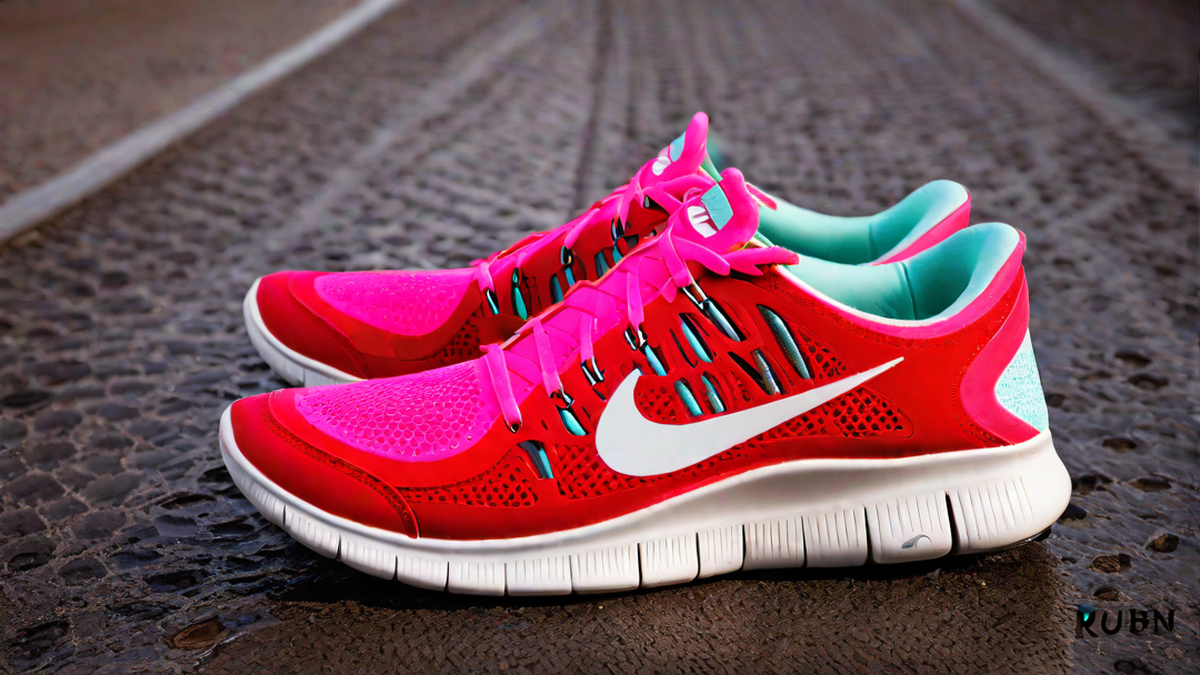I have been an avid runner for many years, and I have always been interested in finding the perfect pair of running shoes. Recently, I came across the Nike Free Run 5.0 and was intrigued by its unique design and marketing claims. As someone who values comfort, support, and performance in my running shoes, I decided to do some research to determine if the Nike Free Run 5.0 is truly good for running.
Understanding the Nike Free Run 5.0
The Nike Free Run 5.0 is part of Nike’s popular Free line of running shoes. These shoes are known for their minimalistic design and lightweight feel. The Free Run 5.0 features a flexible sole and a breathable upper, which is intended to mimic the feeling of running barefoot while still providing some level of protection and support.
One of the key features of the Nike Free Run 5.0 is its low-profile midsole, which allows for a more natural foot movement. This design is said to promote better foot strength and flexibility, which can be beneficial for runners who strive for a more efficient stride and reduced risk of injury.
The Pros of Nike Free Run 5.0
After testing out the Nike Free Run 5.0 myself, I have found several positives that make it a suitable option for running.
- Flexibility: The flexibility of the Nike Free Run 5.0 is unparalleled. The sole bends and moves with my foot, allowing for a more natural range of motion. This has greatly improved my overall running experience.
- Lightweight: These shoes are incredibly lightweight, which makes them feel like an extension of my feet. This lightness adds to the comfort and responsiveness of the shoes, allowing me to run faster and more efficiently.
- Breathability: The breathable upper of the Nike Free Run 5.0 keeps my feet cool and dry during long runs. This feature is especially beneficial during hot summer months or intense training sessions.
- Versatility: While the Nike Free Run 5.0 is primarily designed for running, I have found that they also work well for other types of workouts, such as HIIT workouts or gym sessions. The shoes provide enough cushioning and support for various activities.
The Cons of Nike Free Run 5.0
Although the Nike Free Run 5.0 has many positive attributes, it is important to consider a few potential downsides before making a purchase.
- Minimal Cushioning: The minimalist design of the Nike Free Run 5.0 means that it has less cushioning compared to traditional running shoes. While this can be beneficial for some runners who prefer a more natural feel, it may not provide enough support for those with specific foot conditions or who require extra cushioning for longer distances.
- Durability: Some users have reported that the Nike Free Run 5.0 has a shorter lifespan compared to other running shoes. The flexible sole and lightweight construction may result in quicker wear and tear, especially for runners who frequently log high-mileage.
Conclusion
Overall, I believe that the Nike Free Run 5.0 is a great option for runners who prioritize flexibility, lightweight feel, and natural foot movement. However, it may not be the best choice for everyone, particularly those who require more cushioning or are prone to foot injuries.
I recommend trying on the Nike Free Run 5.0 and testing them out for yourself before making a final decision. Every runner is different, and what works for one person may not work for another. It’s important to find the right shoe that meets your individual needs and preferences.
In my personal experience, the Nike Free Run 5.0 has been a game-changer. It has improved my running form, allowed for better foot strength, and provided the necessary support for my training sessions. If you’re looking for a lightweight and flexible running shoe, I highly recommend giving the Nike Free Run 5.0 a try!

